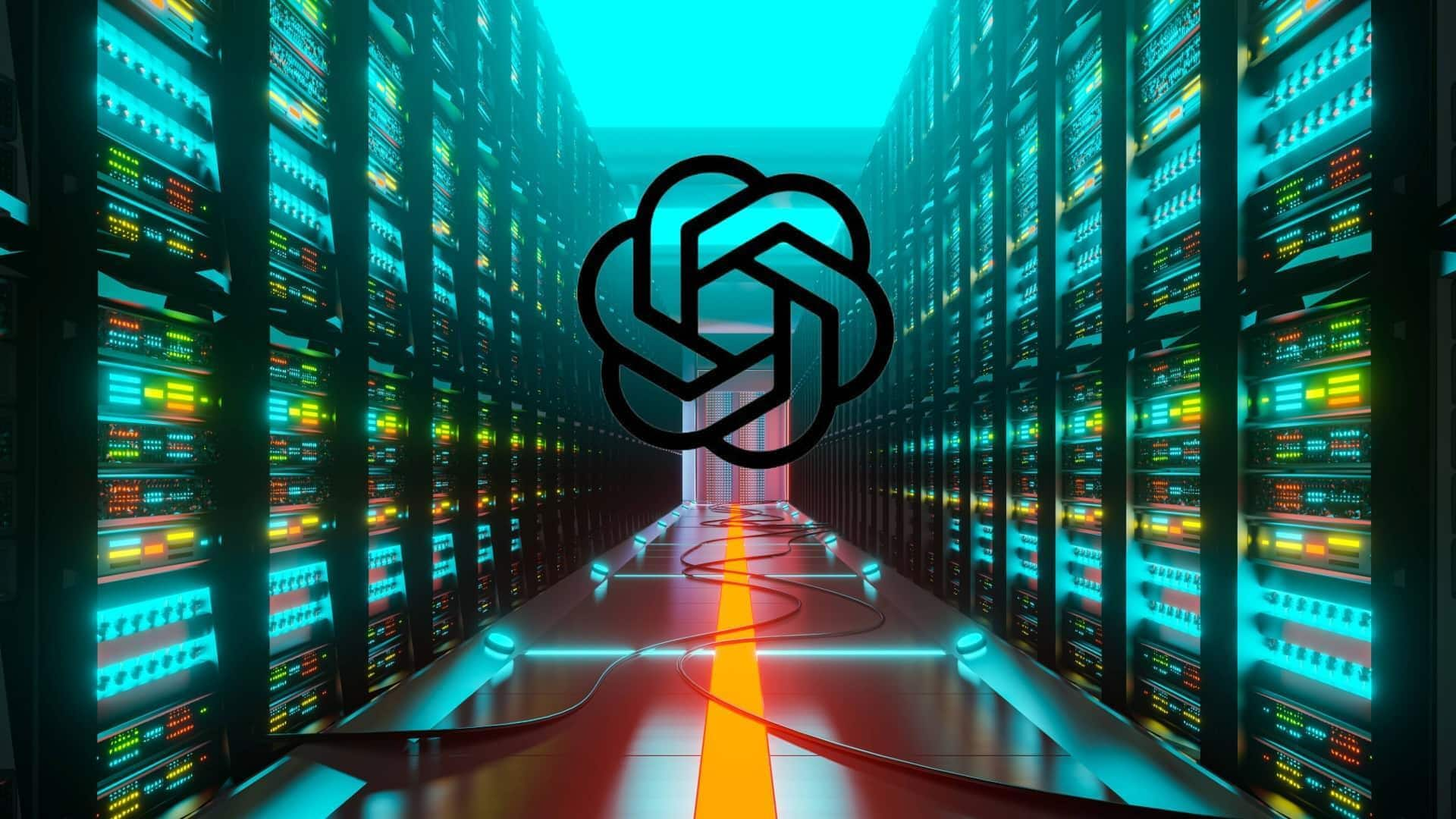External Memory Reliance
One primary way technology influences our memory is by shifting our reliance from internal to external storage. With smartphones and the internet at our fingertips,
we no longer need to memorize as much information. We can instantly access facts, dates, and other details through search engines or apps. This can be a double-edged sword; while it frees up cognitive space for other tasks, it can also weaken our ability to retain information over time. The ease of access to external resources has, to some degree, atrophied our recall abilities. For example, instead of remembering a phone number, we store it. This has led to a change in our memorization habits, and our brains adapt accordingly. This has prompted a transformation, and while it may feel convenient, it presents both advantages and disadvantages.
The Google Effect
The 'Google Effect' describes how the easy availability of information online changes how we process and store knowledge. Studies show that when we know information can be readily found online, we're less likely to remember the information itself but are more likely to remember where to find it. This phenomenon suggests that our brains are adapting to the information age by prioritizing access over retention. This transformation alters the way our brains categorize information, shifting from memorization to a more functional system of memory that focuses on where and how to find data. This method has changed our relationship with knowledge, impacting how we learn, what we remember, and how we think about the world around us.
Multitasking and Attention
Technology encourages multitasking, and this can fragment our attention, impacting memory consolidation. Constantly switching between tasks prevents the brain from forming strong memories. When we're multitasking, our brains don't have the chance to fully process and encode information, leading to poorer recall. The constant barrage of notifications and distractions on digital devices disrupts focus, making it difficult to retain information. This continuous shift in focus inhibits deep processing, which is essential for creating lasting memories. Consequently, the ability to concentrate is reduced. This creates a challenging environment for learning and memory, forcing us to adapt our methods for improved cognitive function.
Visual and Spatial Memory
Technology, with its emphasis on visual content, can influence our spatial memory. GPS navigation systems, for instance, have altered how we remember routes and locations. While this makes navigation easier, it may reduce the need for us to develop and strengthen our internal mental maps. Over-reliance on such tools can lessen the development of spatial skills. Digital devices, like smartphones, also influence our visual memory through images, videos, and other media. This continuous exposure to visuals may increase the brain's reliance on visual cues, which is advantageous in numerous contexts, such as identifying people or remembering places, although it comes with a tradeoff related to other forms of information processing. It suggests a shifting focus on how our brains process and encode different kinds of memory.
Enhancing Memory with Tech
Technology can also be used to improve memory function. Memory-training apps and brain-training games can challenge and enhance our cognitive skills. These apps often use techniques such as spaced repetition to aid memorization. Digital tools also provide opportunities to create memory aids, like digital flashcards, notes, and reminders. By using these tools strategically, we can combat the negative effects of technology on our memory. Digital platforms offer a range of resources for supporting and enhancing cognitive processes. Digital aids can make complex tasks easier, and provide tools for keeping information in an organized and accessible way. Through the right use, we can make sure that technology is a useful tool for preserving and improving our ability to recall information.


















